
Table Of Contents
Diet, by definition, is the type of food consumed in a certain period. It can be as simple as an average daily meal. It can also be part of a treatment program for medical conditions. The ketogenic diet has long been used in the treatment of epilepsy in children. Recent findings showed that it has other benefits aside from controlling seizures. Since its introduction in the 1920s, the ketogenic diet remains controversial until today.
How can seizures and other neurological disorders be controlled with a simple diet? The exact mechanism may not be known but the results of years of research are staggering. Several other benefits are also found with the ketogenic diet. One of which is for weight loss. Burn fat by eating more fat is what they say. That is the running version of weight loss programs that incorporate a ketogenic diet. Learn more about ketogenic diet today.
Read about its original purpose and the many other benefits that has stemmed from the many research done on ketogenic diet. 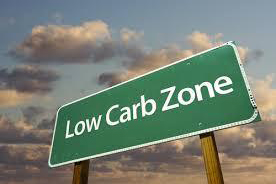
Diet of adequate protein intake, high in fat and low carbohydrate consumption is a ketogenic diet. It has been primarily formulated as a special diet aimed at controlling epilepsy symptoms in children. Daily meals under this diet provide proteins in amounts just enough to allow growth and repair. The calories are calculated and provided in sufficient amounts that supports the maintenance of the proper weight require for the childs weight and height. Dr. Dr.
Russel Wilder found that by putting epileptic patients on a fast, the symptoms became less frequent. The classic diet incorporates a fat to combination of protein and carbohydrates ratio of 4:1. A; high-carbohydrate food sources are eliminated from the diet. These high carbohydrate foods are starchy vegetables, fruits, grains, pasta and sugar. The popularity of this diet as a means of controlling epilepsy decreased in succeeding decades with the advent of anticonvulsant drugs. Most patients and health care givers found it easier to administer pills than to adhere to the strict ketogenic diet.
However, there are still a few who offered and used the diet as a treatment option, like at the Johns Hopkins Medical and a few other medical centers. In the mid-1990s, there was a resurfacing in the interest on the ketogenic diet as a management option for epilepsy. Film producer Jim Abrahams had a 2-year old son who suffered from a seizure disorder. The child underwent treatment, which included the ketogenic diet. The seizures were successfully controlled after adhering to this diet. Because of the success, the family founded The Charlie Foundation.
It helped fund research on ketogenic diet. A made-for-television movie in 1997, First Do No Harm, helped make the public more aware of this diet as a form of treatment. Since then, there was a renewed scientific interest on how to improve the diet and its possible other uses. What are the concepts of a ketogenic diet? Carbohydrate intake in a day is limited to 20 to 50 grams per day.
Carbohydrate intake in a day is limited to 20 to 50 grams per day.  Protein intake is moderate.
Protein intake is moderate.  Calories are balanced based on fat consumption.
Calories are balanced based on fat consumption.  Calorie breakdown typically follows the following: o 70-75% of daily calories from fat o 20-25% from protein sources o 5-10% from carbohydrates in food
Calorie breakdown typically follows the following: o 70-75% of daily calories from fat o 20-25% from protein sources o 5-10% from carbohydrates in food  The ratio of food is aimed at inducing and maintaining a ketosis state. Why more fat and moderate proteins in ketogenic diet?
The ratio of food is aimed at inducing and maintaining a ketosis state. Why more fat and moderate proteins in ketogenic diet? Fats do not affect the insulin and blood sugar levels.
Fats do not affect the insulin and blood sugar levels.  Proteins can affect insulin and blood sugar if consumed in large quantities.
Proteins can affect insulin and blood sugar if consumed in large quantities.  Proteins can affect insulin and blood sugar if consumed in large quantities.
Proteins can affect insulin and blood sugar if consumed in large quantities.
Hence, ketogenic diet advises moderate consumption.  About 56% of excess protein eaten is converted to sugar. This will overthrow the ketosis state of fat burning because the body will react to the glucose released from protein breakdown.
About 56% of excess protein eaten is converted to sugar. This will overthrow the ketosis state of fat burning because the body will react to the glucose released from protein breakdown.  Lean protein and inadequate fats in the diet can cause rabbit starvation. o Rabbit starvation refers to the condition wherein there are not enough fats. This is especially seen in a diet that is mainly consisting of lean proteins.
Lean protein and inadequate fats in the diet can cause rabbit starvation. o Rabbit starvation refers to the condition wherein there are not enough fats. This is especially seen in a diet that is mainly consisting of lean proteins.
Diarrhea is the main symptom that can become serious and may lead to death. In the first 3 days to one week of pure lean protein diet, diarrhea occurs. If adequate fats are not yet include in succeeding days, diarrhea worsens and can lead to dehydration and death. A high fat diet can be healthier. It depends on the type and source of fats. Clean saturated fats in the diet in addition to keeping the carbohydrate consumption low improve the bodys fat profile.
This diet raises the HDL (good cholesterol) levels and lowers the triglyceride levels. This type of fat profile is linked to increased protection against heart attacks and other cardiovascular problems. How does the diet work? Ketogenic diet forces the body to enter a ketosis stage. The body has the tendency to use carbohydrates first as a source of energy. This is because carbohydrates are the easiest to digest and absorb. When the body runs out of carbohydrates, it shifts to using fats and proteins.
In essence, the body uses energy in a sort of hierarchal way. First, the body uses carbohydrate while it is available. The body moves on to fats as a next alternative source. Protein conversion into energy is the last stage, which usually occurs in extreme deprivation of carbohydrates and fat stores are already used up. Protein digestion leads to muscle wasting, as the body digests the proteins in the muscles. The body normally enters a ketosis phase.
This happens during the fasting state. An example of which is during sleep. The body tends to burn fats for energy as the body repairs and grows during sleep. In a regular average meal, carbohydrates make up most of the calories. The body is inclined to use up the carbohydrates as energy and store the other nutrients (i.e., fats and proteins). In ketogenic diet, most of the calories are from the fats rather than carbohydrates.
The carbohydrate in a ketogenic diet is low, which is immediately used up. There is a seeming shortage of energy because of the low carbohydrate consumption. The body, then, turns to the stored fats. It shifts from a carbohydrate-consumer to a fat-burner. The fats in the recently consumed meal is not used immediately, rather, it is stored for the next round of ketosis. As the body becomes used to fat-burning as a source of energy, fats in the recently meal is immediately used up, leaving a few for storage.
Hence, the ketogenic diet has to have high fat consumption in order to supply the immediate energy need and still have some for storage. Stored fat is very important in order to prevent the body from digesting the protein stores in the muscles during fasting periods. These periods are actually normal in a days cycle. In between meals and during sleep are considered fasting states. The body still needs a constant supply of energy during these times. If there is no stored fat, proteins in the muscles are next in line as energy sources.
Next page







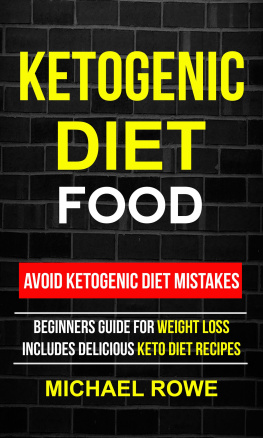
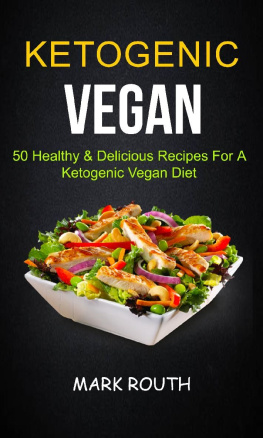
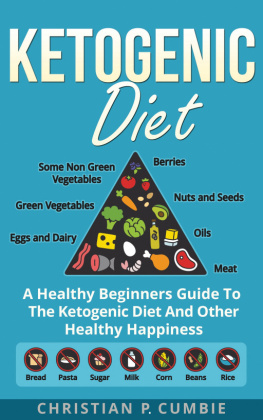
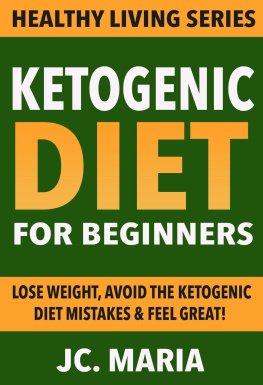
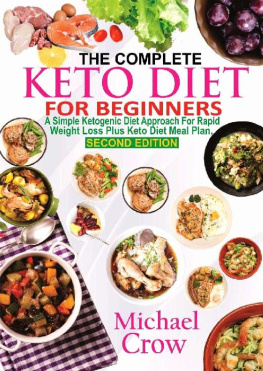

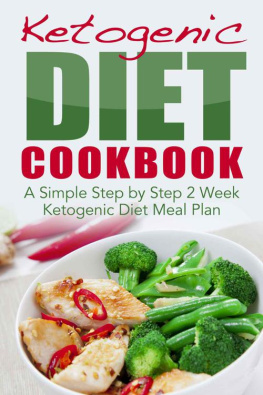


 Carbohydrate intake in a day is limited to 20 to 50 grams per day.
Carbohydrate intake in a day is limited to 20 to 50 grams per day.